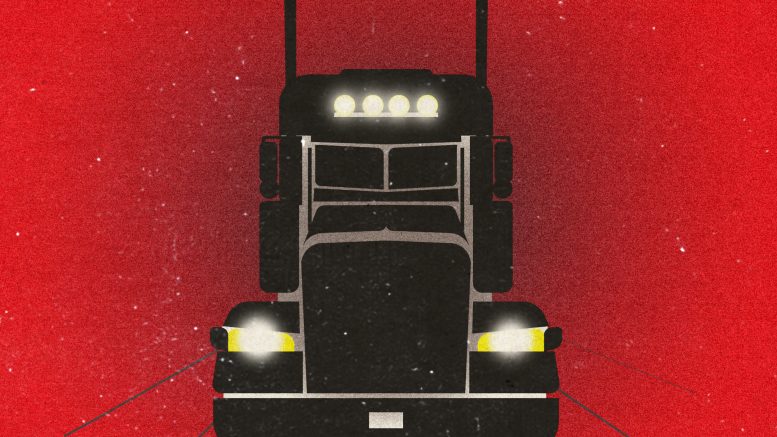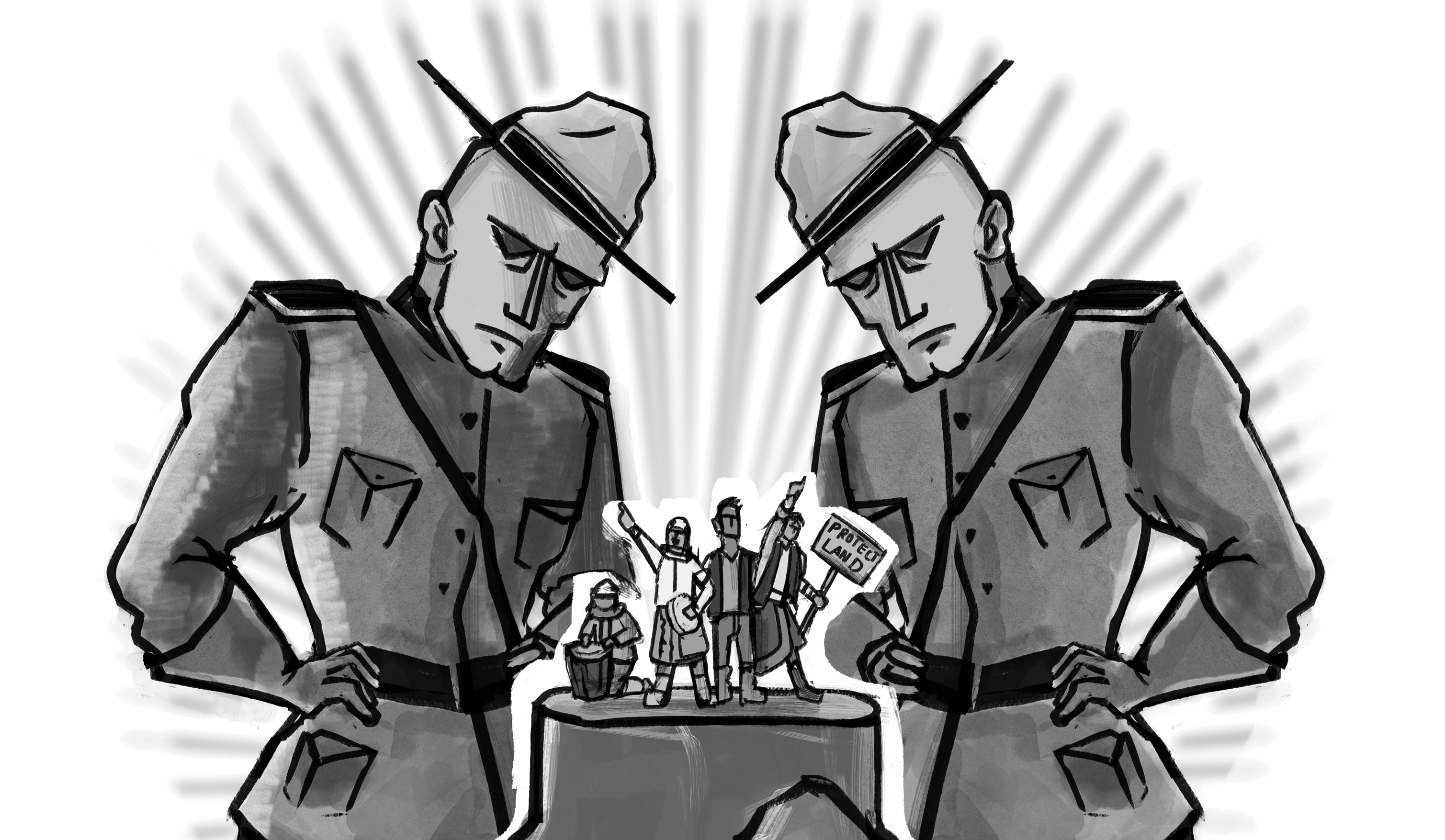One night while driving home alone, a large truck suddenly started to follow me closely, its lights shining in my eyes. As I accelerated, it did the same. As I slowed down, so did it. As I turned a corner, the truck turned just a few inches behind me. Confusion and worry set in: they are going to hit my car if I’m not careful, why are they tailing me like this?
When I finally reached home and pulled into the driveway, they pulled up right behind me. I stayed in my car, scared for my safety, as both a woman and a visible minority.
When my brother came outside to help, the male driver yelled that he was teaching me a lesson for not coming to a complete stop at a stop sign — teaching me a lesson for my unsafe driving by engaging in more reckless driving.
When the driver took off, my fear remained. He now knows where I live. Will he be waiting for me one morning when I leave the house? Or on an evening when I return home alone? Will another driver want to teach me a lesson for another perceived driving infraction in this way? Could the consequences be much worse?
The details may differ, but road rage incidents have become all too common in today’s world and with more dangerous consequences. In February 2020, CAA Manitoba advised the province that “aggressive driving fuelled by anger is among the top four causes of vehicle collisions, alongside distracted driving, impaired driving and speeding.”
Angry, aggressive driving is often displayed by staring, speeding, weaving through traffic, tailgating and sudden braking, to name a few. In more extreme situations, it escalates to intentionally hitting other vehicles or physically confronting and harming other drivers.
Road rage is often dismissed as one of the disadvantages of driving a vehicle, but it can lead to serious consequences such as accidents, injuries or even death. During a seven-year period in the United States, 12,610 injuries and 218 deaths were due to unchecked road rage. Additionally, 37 per cent of the aggressive driving incidents involved firearms. These statistics are alarming, but it is not just a U.S. problem.
Road rage has become such an issue locally that Manitoba Public Insurance (MPI) launched a campaign in the early months of 2020 called Friendly Manitoba, which was designed as an awareness campaign to assist drivers with the emotions they express while on the road. This campaign was in part the result of high-profile road rage incidents, such as then-21-year-old Alysa Raposo being assaulted and having her life threatened in a road rage attack on her way home from a barbecue in Winnipeg in 2016.
Despite this campaign, there have been tragic road rage incidents in our province since its launch. In December 2020, Kiana Jobo feared for her life as man in a white truck pursued her through the streets and relentlessly rammed her car. Further, in August of this year, a 29-year-old Winnipeg man was stabbed in a road rage incident in East Kildonan.
Road rage incidents are on the rise. Winnipeg Police Service data indicates there were 306 reported cases of road rage in 2019. This number dropped to 241 in 2020 — perhaps because of the MPI campaign or less cars on the road due to COVID-19 pandemic precautions. As of September 2021, road rage cases were up to 314, surpassing both prior years. Perhaps this is why the theme of Safe Work Manitoba’s 2021 summer campaign is “Keep Your Rage off the Road.”
Beyond the borders of Manitoba, a 2021 survey found a staggering 95 per cent of Canadian drivers admit to aggressive road-rage-like behaviour. Some psychologists say road rage is a product of “crowded roads, displaced anger, stress and drug misuse.” Others claim it is based on anonymity. Like a computer, a car supplies a shield from repercussions.
Astonishingly, 93 per cent of the same survey respondents consider themselves courteous drivers — a wild contradiction.
Consider an impatient person, waiting in line behind an elderly woman in a grocery store or walking behind a mother pushing a stroller on a sidewalk. They do not cuss out the elderly woman or push the mother off the sidewalk just because they are slow. Instead, the impatient person may offer assistance to the elderly woman by putting her groceries on the belt or wave at the mother as they step on the grass to pass her.
Yet as soon as impatient people who are prone to road rage get behind the wheel, they no longer see the other driver. They do not see the young father rushing to the hospital in time for the birth of his child. Instead, it becomes that damned Mercedes-Benz that cut them off. The driver and the vehicle become one — a single entity with malicious intent.
This holiday season, choose to remember our common humanity and see the driver behind the wheel.
Take the high road. Don’t yield to road rage.





